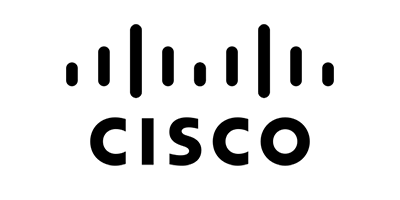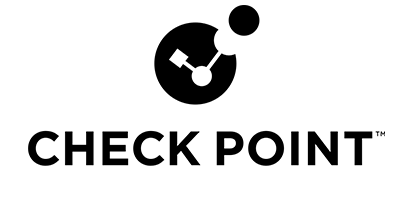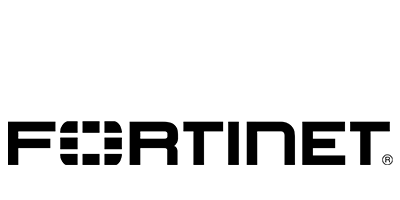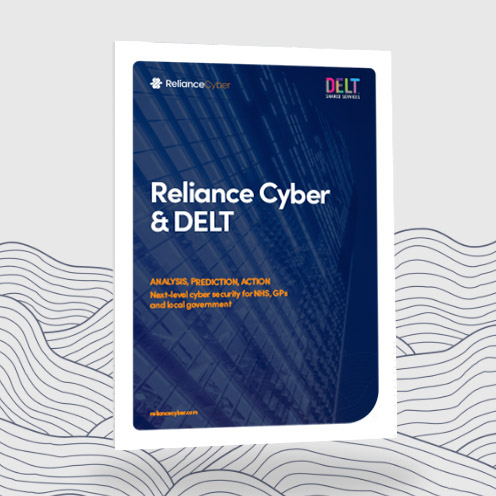Key features
Our Extended Detection & Response (XDR) Service detects and responds to threats to ensure your business can continue uninterrupted. A solution based service backed by our industry experts whom hold certifications from NCSC, ISC2, CompTIA, Microsoft and Google.
What you can expect from the Reliance Cyber XDR Service;
Tailored onboarding: A service that can be customised to support environments of all shapes and sizes. Our in-house DevSecOps team can integrate technologies, new and old, for 24×7 monitoring.
Uninterrupted support: 24x7x365 monitoring for threats across your network, cloud and EDR backed by a designated Senior Analyst and Customer Success Manager.
Automated Detection and Response: Our SIEM and SOAR will detect and respond to threats in real time directly within your network across IAM, EDR, Email and Firewalls while integrating learned behaviour to counteract future attacks.
Proactive threat analysis: Threat hunting, threat intelligence and continuous playbook improvements are needed to keep ahead of emerging threats.
Continuous innovation: We are always working to continually improve the service, through refinement and development of our tooling as well as integration of new technologies.
Deployment at speed: Through integrating DevOps into our workflows, we automate the deployment of SIEM, SOAR & EDR for immediate ROI.
Benefits
Enjoy unmatched peace of mind with our cyber threat detection services that has a predictable pricing model without surprises.
Key benefits you can expect;
Reduce cost and time: Greatly reduce the time spent by internal security teams reviewing alerts through finetuned, actionable recommendations and remediation from our expert analysts, while also benefiting from SIEM cost optimisation.
Minimise risk of a breach: Vastly reduce the risk of a major incident and the time taken to respond to threats.
Make the most of current technology: Integrate our monitoring solution without the need for additional tooling, technologies and hardware. Our experts will onboard your current infrastructure whilst enabling you to make full use of security features within your estate.
Real-time threat containment: Our instant, automated SIEM and SOAR platform enables you to rest easy with 24×7 security support without the need for heavy lifting from your internal security team.
Get compliant: Achieve key regulatory requirements like GDPR, NIST, and ISO while skipping the complexity.
We Work With
















